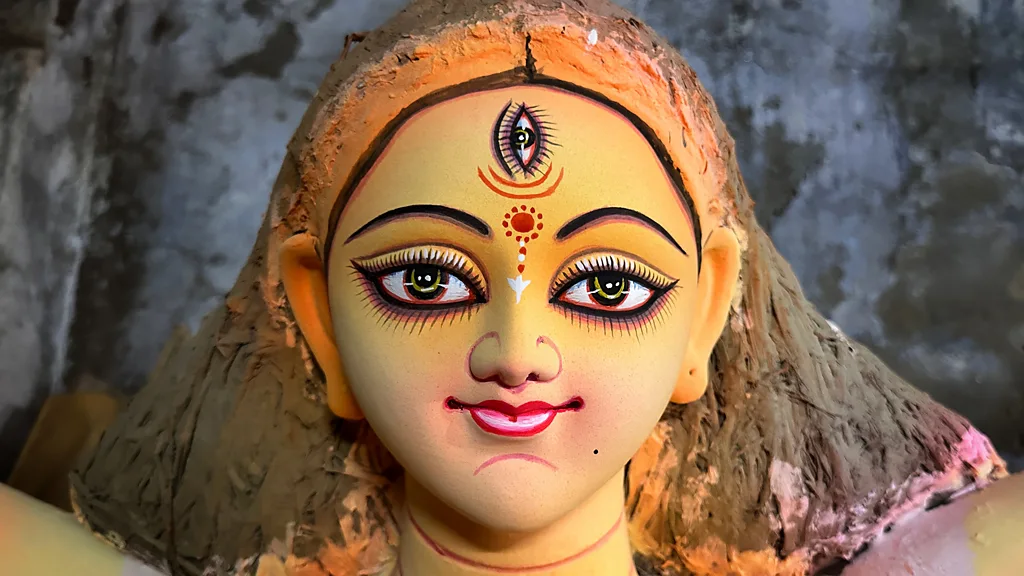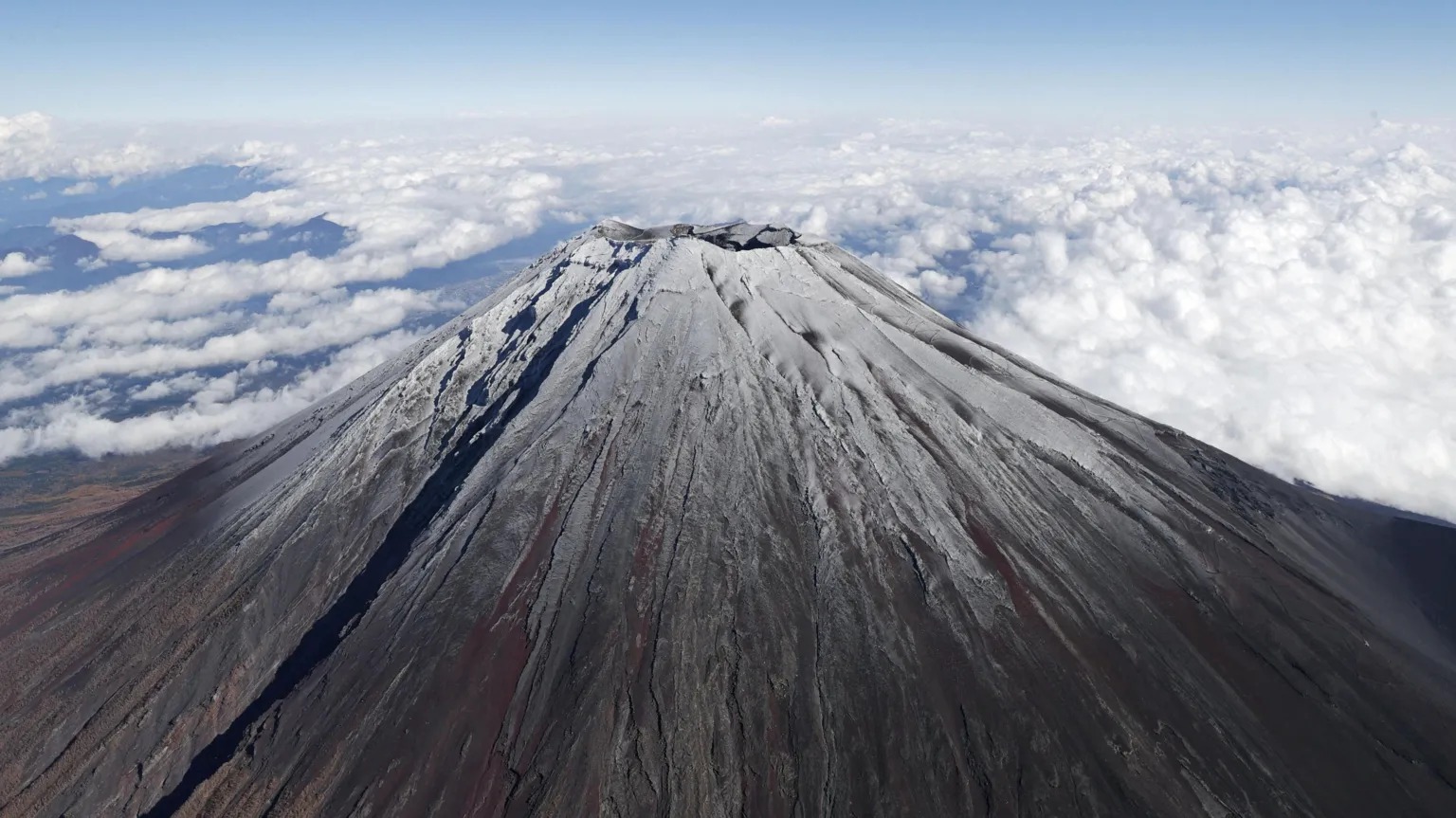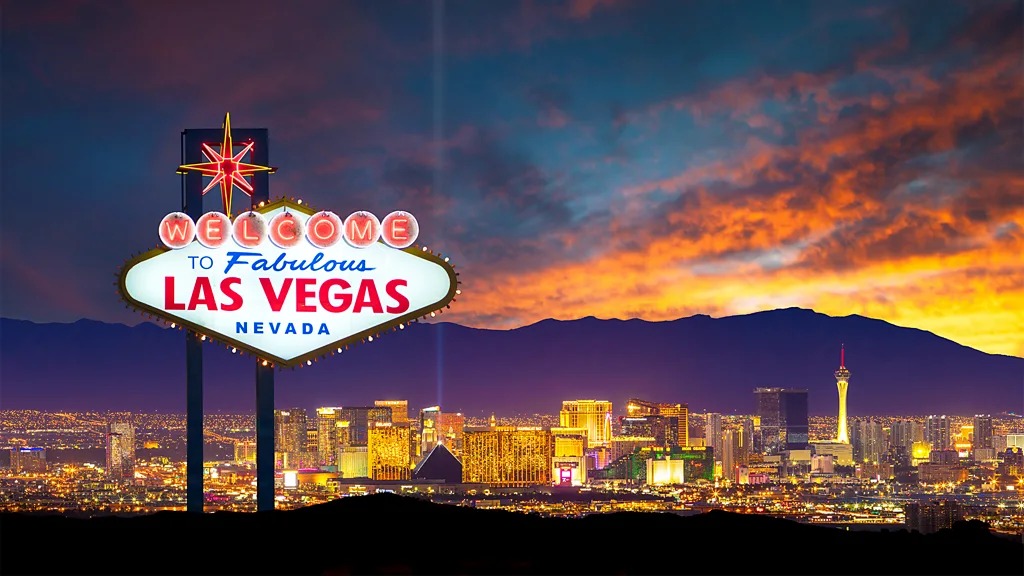
Bangladesh Idol Makers Prepare for Durga Puja
As Durga Puja, one of the biggest annual Hindu festivals, begins on 9 October, idol-makers across Bangladesh are working tirelessly. This year, amidst a backdrop of political upheaval and reported attacks on Hindu minorities, the celebration of good over evil feels particularly poignant.
Bangladesh Idol Makers Prepare for Durga Puja
As the festival of Durga Puja approaches, villages and towns across Bangladesh fill with anticipation. While the event is celebrated by millions across India and Nepal, in Bangladesh, where Hindus make up about 8% of the 170 million population, Durga Puja carries special significance. It has become a cultural phenomenon, with people from various backgrounds, including the Muslim majority, enjoying the dazzling spectacles, colorful processions, and festivities. Yet, for Bangladesh’s Hindu community, Durga Puja is more than just a celebration – it is a deeply spiritual occasion that strengthens communal bonds.
Durga Puja Amid Political Tensions
This year, the festival unfolds against a politically charged backdrop. The recent ousting of Sheikh Hasina’s government, fueled by student-led protests and reported attacks on Hindu minorities, has heightened tensions. Despite these challenges, Durga Puja stands as a symbol of resilience and unity. The festival offers a moment of collective hope and reflection in an increasingly polarized society. For the past few weeks, idol-makers in Dhaka, Bangladesh’s capital, have been working tirelessly to create the divine figures that will soon be the center of this celebration and worshiped by millions, affirming their cultural and religious heritage during challenging times.
Dhaka’s Hindu Heart and Its Idol Makers
Tucked away in one of the narrow alleys of Old Dhaka’s historic Shakhari Bazar is the workshop of Balai Pal, the city’s most sought-after idol sculptor. The bazaar’s labyrinthine paths and unmarked doors can bewilder even the most determined explorer. Finding this place, surrounded by the honking of rickshaws and the scent of biryani, is nearly impossible without guidance.
Shakhari Bazaar: The Heart of Dhaka’s Hindu Community
Embedded in brick buildings, some dating back 400 years, are small temples adorned with intricate deity idols. These temples remind us that this is the heart of the city’s 1.5 million Hindu population. Shakhari Bazaar is Dhaka’s epicenter for vibrant Hindu festivals, with Durga Puja being the largest and most important religious event for Bangladesh’s Hindu minority.
The Largest Idol Workshop in Dhaka
After passing through a narrow passage and a small metal gate into a courtyard, I arrive at the Sri Sri Pran Ballabh Jeu Mandir workshop. This workshop has remained relatively unchanged for nearly 130 years. In these modest confines, beneath a tin roof, extraordinary artistry unfolds. A team of 16 men, led by Pal, works in shifts to transform humble materials into divine figures. These idols will soon be worshiped by hundreds of thousands of Hindus during the five-day festival, which culminates on 13 October.
Crafting Divine Idols for Durga Puja
Stepping inside the workshop transports you to another realm. The air pollution and honking horns vanish, replaced by the rhythmic strokes of brushes and the earthy scent of hay and damp soil. Each craftsman is deeply absorbed, meticulously shaping divine figures with unwavering focus. The workshop operates year-round, crafting idols for several Hindu festivals, including Kali Puja and Diwali. However, Durga Puja is their busiest time of year, as the demand for idols of Goddess Durga and her children peaks during this celebration.
Durga Maa and Her Symbolism
The statues of Goddess Durga, lovingly called “Durga Maa,” are captivating. The Durga Puja honors her descent to Earth and victory over the demon Mahishasura, symbolizing the triumph of good over evil. The goddess leaves her spiritual realm for five days every autumn to visit her mortal devotees. Her spirit is believed to inhabit the idols made in her image, serving as a bridge between the divine and her earthly worshippers. These intricately designed idols, crafted over several months, depict Durga wielding weapons and riding a lion or tiger. Devotees worship these idols in colorful pandals, temples, and homes, offering prayers and gifts.
The Dedication of Bangladesh Idol Makers
For these artisans, creating idols is a form of worship, an act of devotion to the deities. “It’s the power of Durga that enables me to work so many hours and so hard,” says Neelandri, one of the longest-serving artisans here. The artisans believe their work is sacred, and they refrain from eating meat or drinking alcohol while making the Durga idols.
Generational Craftsmanship
Balai Pal, one of the most esteemed idol artisans in the country, owns this workshop. His family has been making idols here for three generations. Now 55, Pal started making idols alongside his father when he was just 10. “It was the lord that chose me for this role,” Pal tells me as he masterfully draws an eye. “It’s a blessing for us to have been chosen to serve our gods.”
A Race Against Time
Artisans typically work eight to nine hours a day, taking Fridays off, to perfect their creations. However, during Durga Puja, they extend their hours to more than 12 or 13 hours daily. They even eat and sleep in the workshop in the weeks leading up to the festival. Despite the exhaustion, the artisans tell me that Durga’s spirit fuels their dedication. They understand that completing the idols on time brings joy and devotion to worshippers. As the deadline approaches, the air buzzes with a mix of excitement and pressure, encapsulating the emotional weight of their craft.
Traditional Techniques Meet Modern Trends
Artisans employ centuries-old techniques to craft the idols, beginning four to five weeks before Durga Puja. They construct frames from bamboo, wood, yarn, and straw before applying layers of soil and clay by hand. Pal meticulously paints intricate details, especially the eyes and face, ensuring each piece epitomizes the beauty of Goddess Durga. Over time, the idols have become more colorful and complex, with influences from contemporary styles and Bollywood trends.
Economic Impact of Durga Puja for Idol Makers
Pal’s clients are mainly Puja committees, groups of community elders who manage temples and oversee events like Durga Puja. Pal earns 800,000-900,000 Bangladeshi taka (£5,000-£5,800) during Durga Puja, making it his most profitable time of year. Despite this, Pal insists that his motivation is devotion, not money.
The Final Farewell to Durga Maa
The final day of Durga Puja, Bijoya Dashami, signifies Goddess Durga’s return to her celestial abode. Devotees form lively processions, chanting, singing, and dancing as they carry the idols to Dhaka’s Buriganga River. There, they gently immerse the idols in the water, bidding farewell as the holy figures dissolve. This symbolizes the goddess’s departure to her husband, Lord Shiva. The atmosphere is a mix of joy and sorrow, celebrating her presence while feeling the weight of her parting. With this ritual, the autumn Durga Puja concludes, allowing Pal and his team to rest, knowing their devotion has fulfilled another year.
For the latest updates on this story, visit the BBC or explore related analysis on Kenkou Land.






